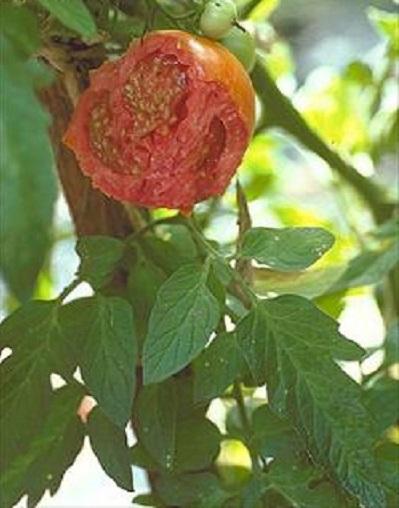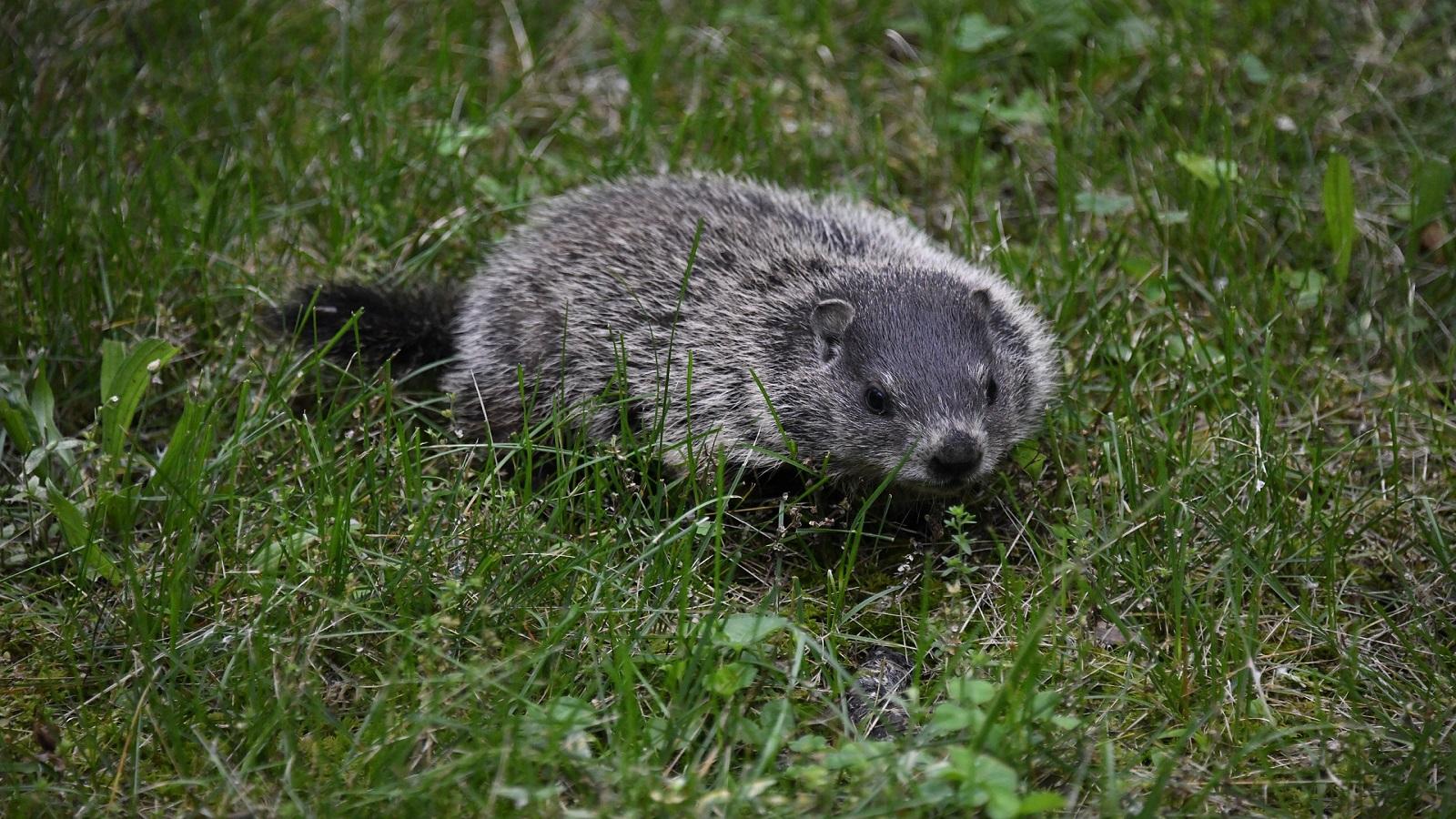Preventing groundhog damage in a home garden
- Groundhogs, or woodchucks, are very common in rural areas but are also frequently seen in suburban areas. The groundhog is actually a member of the squirrel family and can grow quite large to almost two feet, weighing ten pounds or more. Its front feet are very powerful for digging burrows.
- Their burrows can be as deep as five feet, usually with more than one entrance. The entrance hole is made larger as the animal grows. It will eventually be a foot wide with a mound of soil around it.
- The entrances are usually well-hidden and can be difficult to find. The network of tunnels can cover an area underground ranging from 8 to 66 feet and is used for several years.
- The burrow system is also where they raise their young. They breed in March and produce a single litter of two to six young. A groundhog usually travels no more than 150 feet from its den to feed.
- Groundhogs can cause real problems for home vegetable and flower gardeners. They eat almost any plant material and are especially fond of tomatoes. They may also burrow under garden sheds or other outdoor structures.
- Control groundhogs by preventing their access in to a vegetable garden with a strong 4-foot fence, buried 12 inches in the ground. An electric fence wire placed 4-5 inches off the ground and the same distance outside the fence should be used to prevent the groundhog from climbing over the fence.
- They can also be live-trapped with fresh fruit or vegetables used as bait. Pre-bait, but don't set the trap for several days until the groundhog is accustomed to using it as a feeding station. To prevent catching non-target animals the traps should be placed near the burrow entrance just before daylight and removed before it gets dark outside. Groundhogs are normally in their burrows at night.

If you intend to live trap a groundhog
Contact the Nuisance Wildlife Information Line at 1-877-463-6497 for more information. No permit is required to trap a groundhog. However, permission is required from the landowner before releasing into suitable habitat. Consideration should be given not to relocate groundhogs during spring while the young are in the den or in the autumn immediately before hibernation when there may not be time to establish a winter den.
